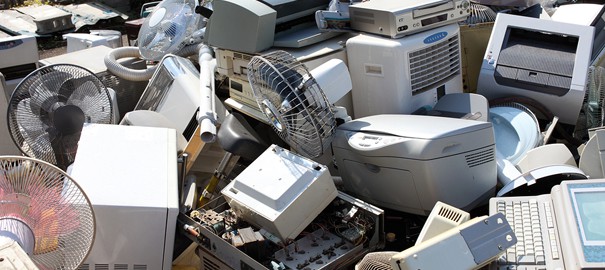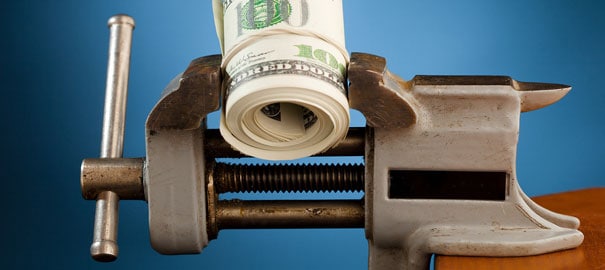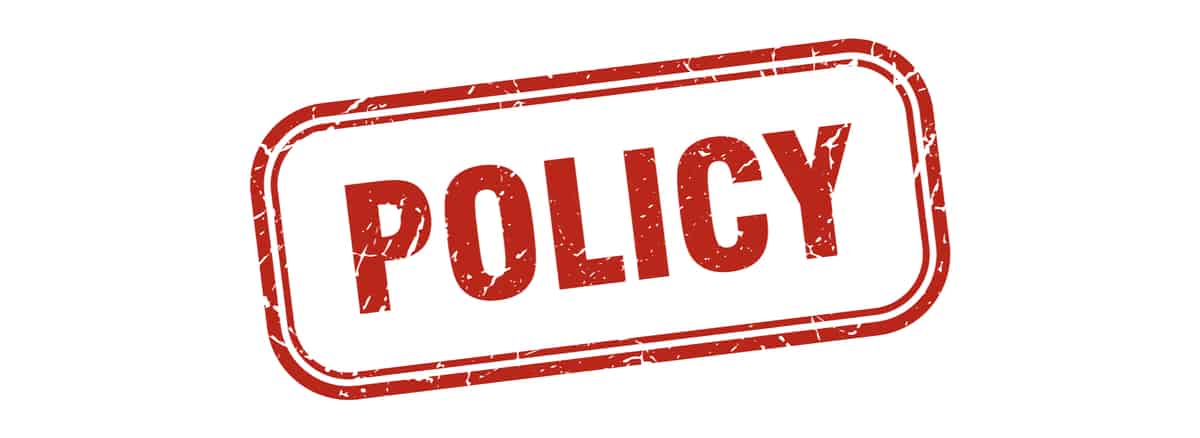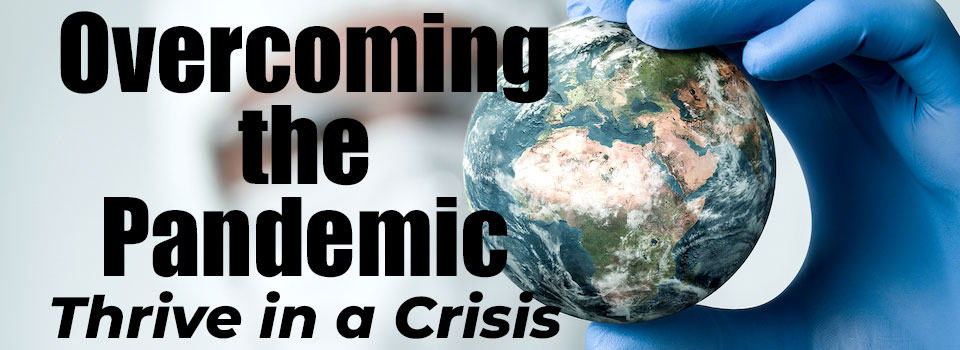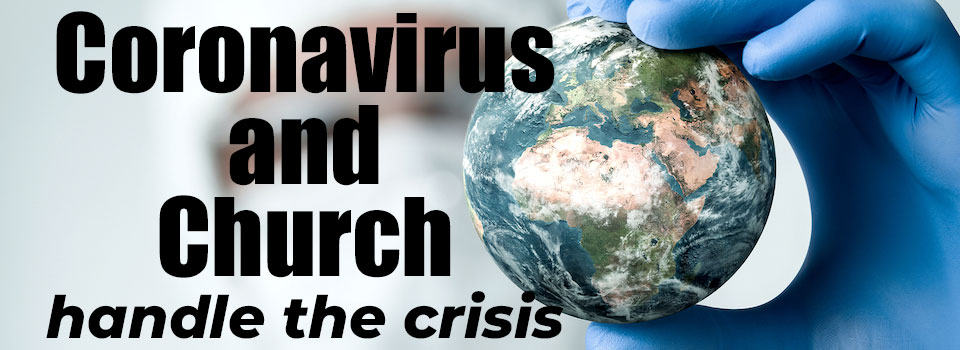Many images come to mind when the word “hell” is mentioned. In the wider culture, common pictures include flames, pitchforks, and never-ending black holes. These images likely arise from how people thought of hell during Biblical times. The Valley of Hinnom, a burning trash dump on the outskirts of Jerusalem, was often thought of as the place for eternal punishment. Some scholars argue that Jesus referenced this place during his Sermon on the Mount (Matt. 5:22). If our mission is to bring the kingdom of God to earth as best we can, it is worth considering how we can bring hell to earth, intentionally or not. While the imagery of a burning trash dump might not be the only description of hell, it certainly reveals a failure in our call to be good stewards of God’s creation.
Fast forward to the 21st century and we have literally created burning trash dumps all over the world. In our modern world we have created countless chemicals and devices that maim and mutilate not only our planet, but us. In 1980, roughly one out of every 32 women were diagnosed with breast cancer in the United States. Today, it is one out of eight. While this alarming increase cannot be attributed to any single event or phenomenon, it would be foolish not to recognize how our treatment of our planet is directly and dramatically impacting us.
If we are to fulfill our Biblical call to be good stewards of God’s creation, we need to learn and educate others in the ways of properly disposing of these chemicals and devices in our church, home, and community. With that in mind, below is a list of how to properly dispose of some common chemicals and devices:
Photocopier Toners and Ink Cartridges
Consequences of poor disposal:
- The chemicals in toners and ink cartridges are harmful to public health and the environment. In fact, many of them are flammable and corrosive, potentially contributing to the imagery of a burning trash dump.
How to dispose properly:
- Many office supply stores will take surplus ink cartridges and toners and give you a discount to restock. If you are feeling generous, many charities can take these off your hands, which they then sell for a modest gain in return.
- Often, when you buy new ink cartridges, it comes with return envelopes that you can mail back to the manufacturer to be properly recycled.
Remember: To reduce the need to recycle ink cartridges in the first place, be more cognizant of what and how often you are printing. With the proliferation of computers, tablets and smart phones, it is easier than ever to share information without using ink and paper.
Light Bulbs
Consequences of poor disposal:
- Compact Fluorescent Light Bulbs (CFLs) contain mercury that can be released into the environment if they end up in a landfill or an incinerator.
- If CFLs are recycled, not only could the mercury release be avoided, but according to the EPA, virtually all parts of the bulb can be reused.
- In seven states, recycling CFLs is actually the law of the land.
How to dispose properly:
- Many areas contain recycling centers. Visit Earth911.com to find a recycling center near you.
- Many retail stores also offer recycling services. The following chains offer these services, but it is important to check with your individual store: Ace Hardware, Aubuchon Hardware, Bartell Drugs, Home Depot, IKEA, Lowe’s, Menards, Orchard Supply, TrueValue
Remember: CFLs use less energy and last longer, helping both the consumer and the environment. With this great innovation, though, is the great responsibility to properly recycle these bulbs.
Paint
Consequences of poor disposal:
- Paint can contaminate the water supply. In particular, paint made before 1990 can contain lead and/or mercury which is especially dangerous if swallowed or inhaled.
How to dispose properly:
- The easiest way to dispose of paint is by bringing it to the previously mentioned local recycling center. Again, you can find your local recycling center at Earth911.com. This is particularly needed for oil-based paints.
- If you want to dispose of paint yourself, the easiest way is to dry the paint out by mixing it with kitty litter or dirt and letting it sit in the sun.
Remember: Often, paint can be put to use somewhere. If you have no need for extra paint yourself, consider donating it to a non-profit organization, school, another house of worship, or a friend.
Common Electronics
Consequences of poor disposal:
- Common electronics contain many precious metals that can be recycled, such as copper, gold, silver, and aluminum.
- Many common electronics also contain heavy metals, such as mercury and cadmium, that can be released into the environment.
How to dispose properly:
- The first step in disposing of common electronics is looking for donation opportunities. Many non-profit organizations collect cell phones, televisions, computers and other devices/appliances and either use them or recycle them for a small profit.
- Most recycling centers take common electronics and either recycle them or find a new home for them.
Remember: When looking for new appliances for your church or home, from televisions, to refrigerators, to washing machines, look for the “Energy Star” label. These appliances are not only energy efficient, they are also made with safe, recyclable materials.
Most individuals know that releasing chemicals from common appliances is inherently a bad thing. Often however, the consequences of neglect are not fully appreciated. After all, it is much easier to simply toss these materials in the trash than take the time and energy to ensure they are disposed of properly. Out of sight, out of mind—right?
Unfortunately, no. Take mercury, for example. A highly toxic element, mercury most commonly impacts humans through the eating of fish and seafood. While it can be harmful at any stage of life, weakening the immune system and damaging the nervous system, mercury has been proven to be particularly harmful to children. Now, pregnant and nursing women are warned to limit their consumption of seafood. This stands in stark contrast to pregnant women being encouraged to eat fish often for its valuable omega-3 fatty acids just 30 years ago. Today, despite doctors’ warnings, one out of every six children are born with harmful levels of mercury in their blood. This is a man-made creation.
We as the church have a choice to make—will we be part of the problem, or part of the solution? By engaging in proper disposal practices we are setting an example for our congregants and community. Let us not bring the Valley of Hinnom into our communities by creating a burning trash dump. Instead, let’s choose to lead the way in bringing the kingdom of God.
As published in Worship Facilities, June/July 2013. Posted with permission.

